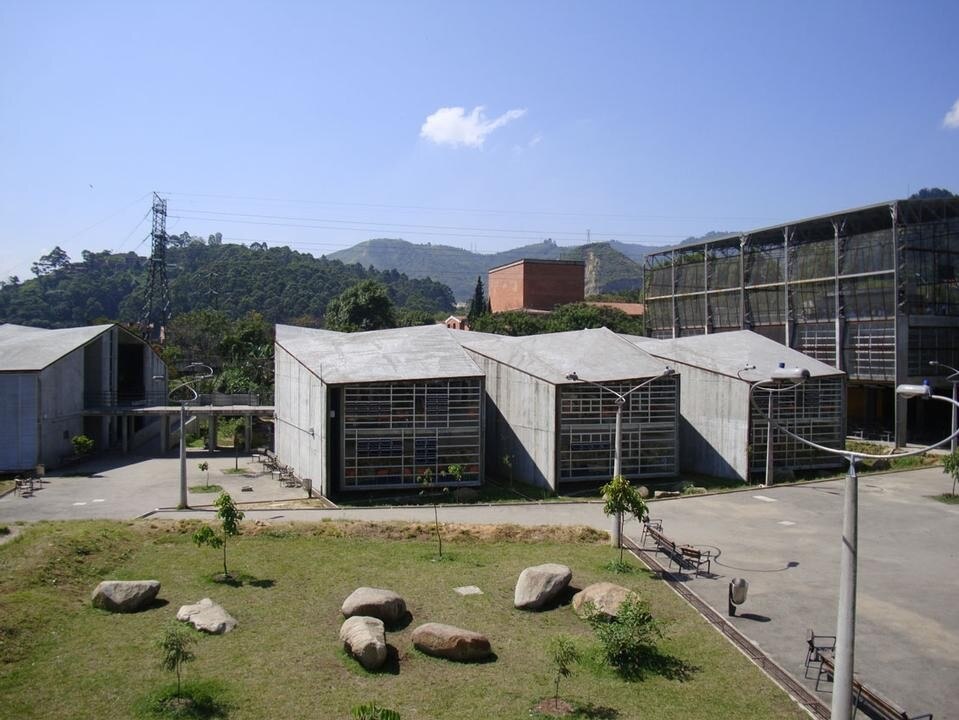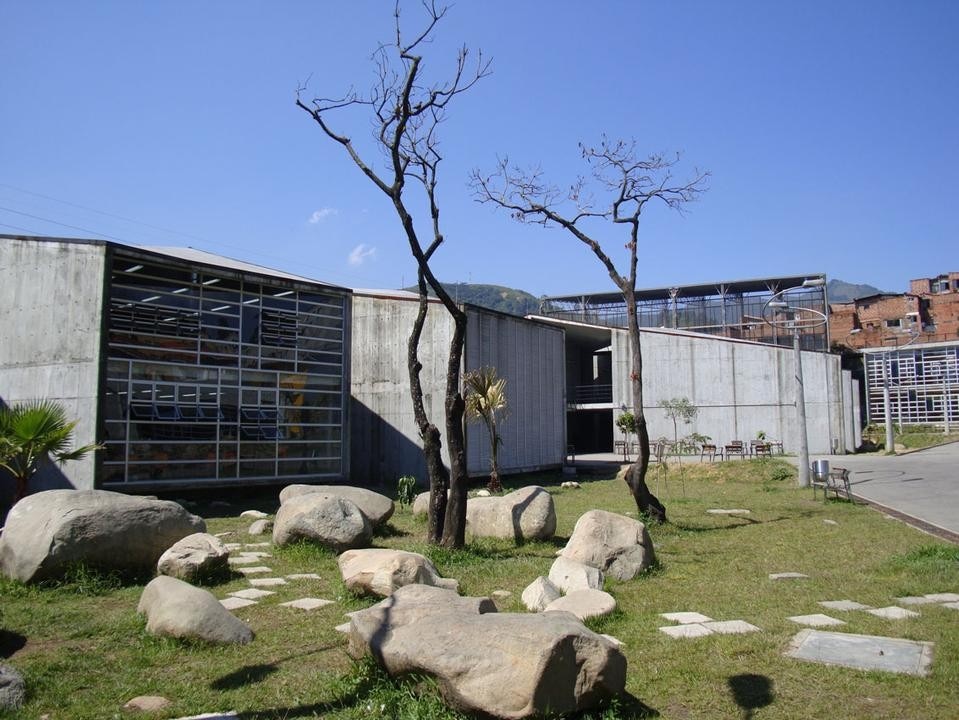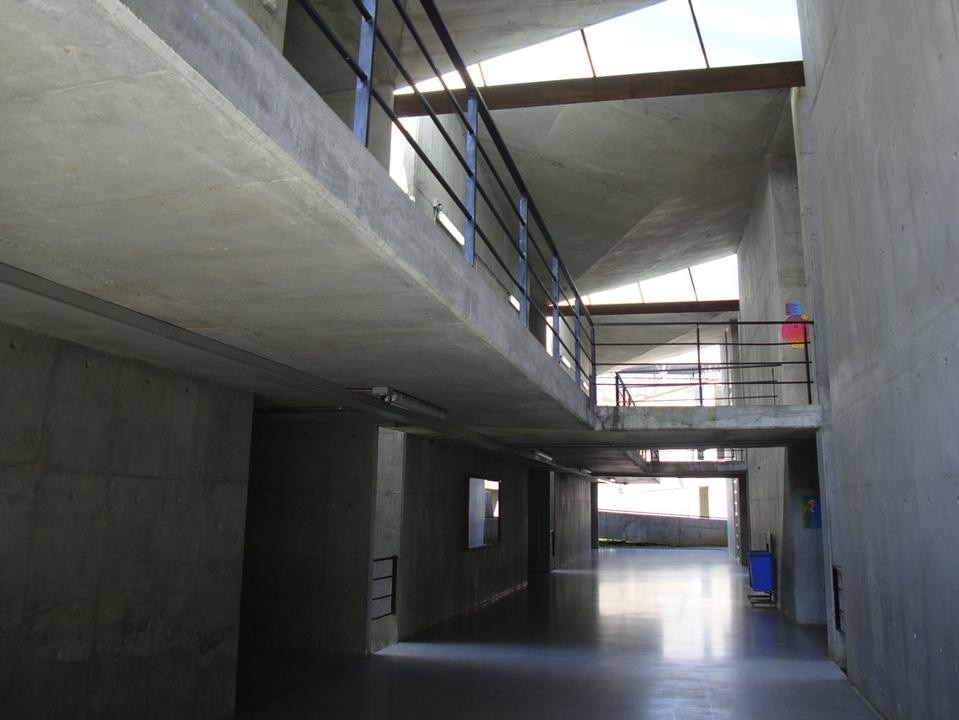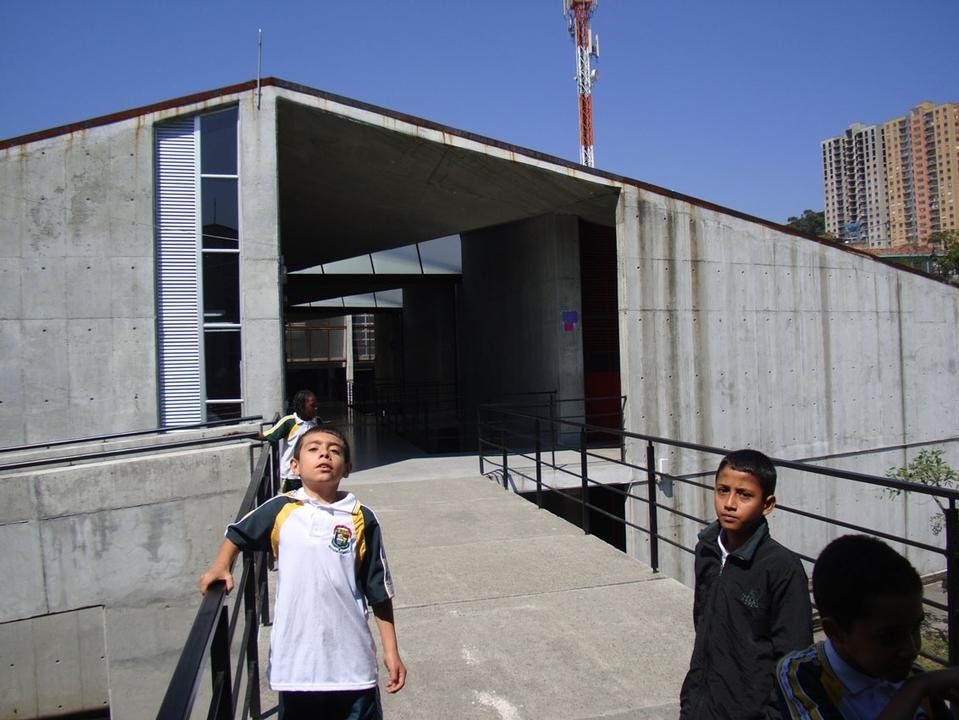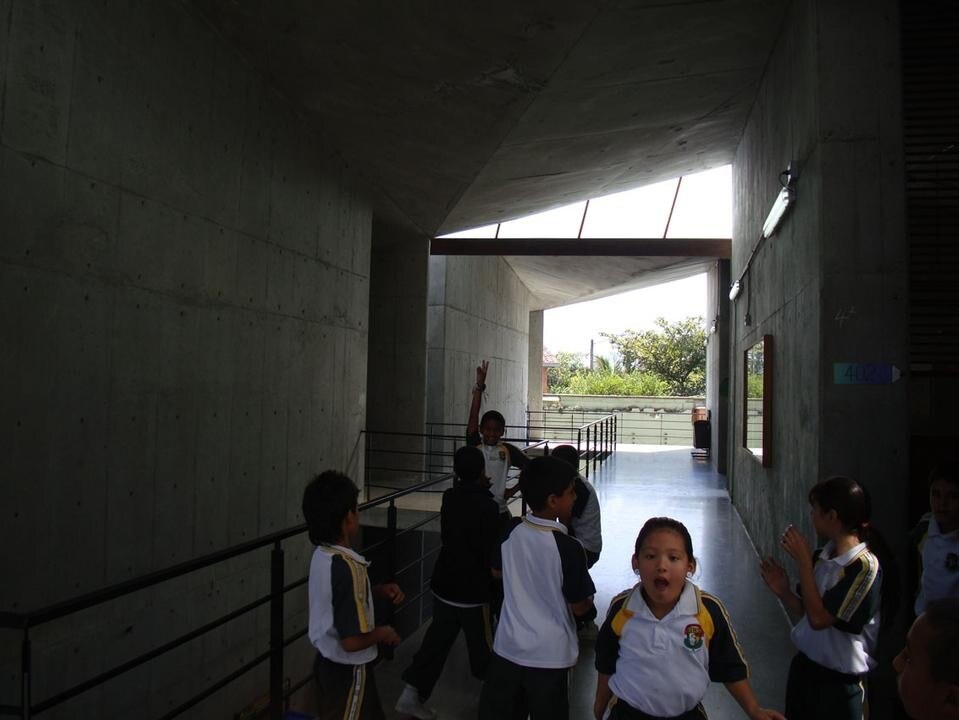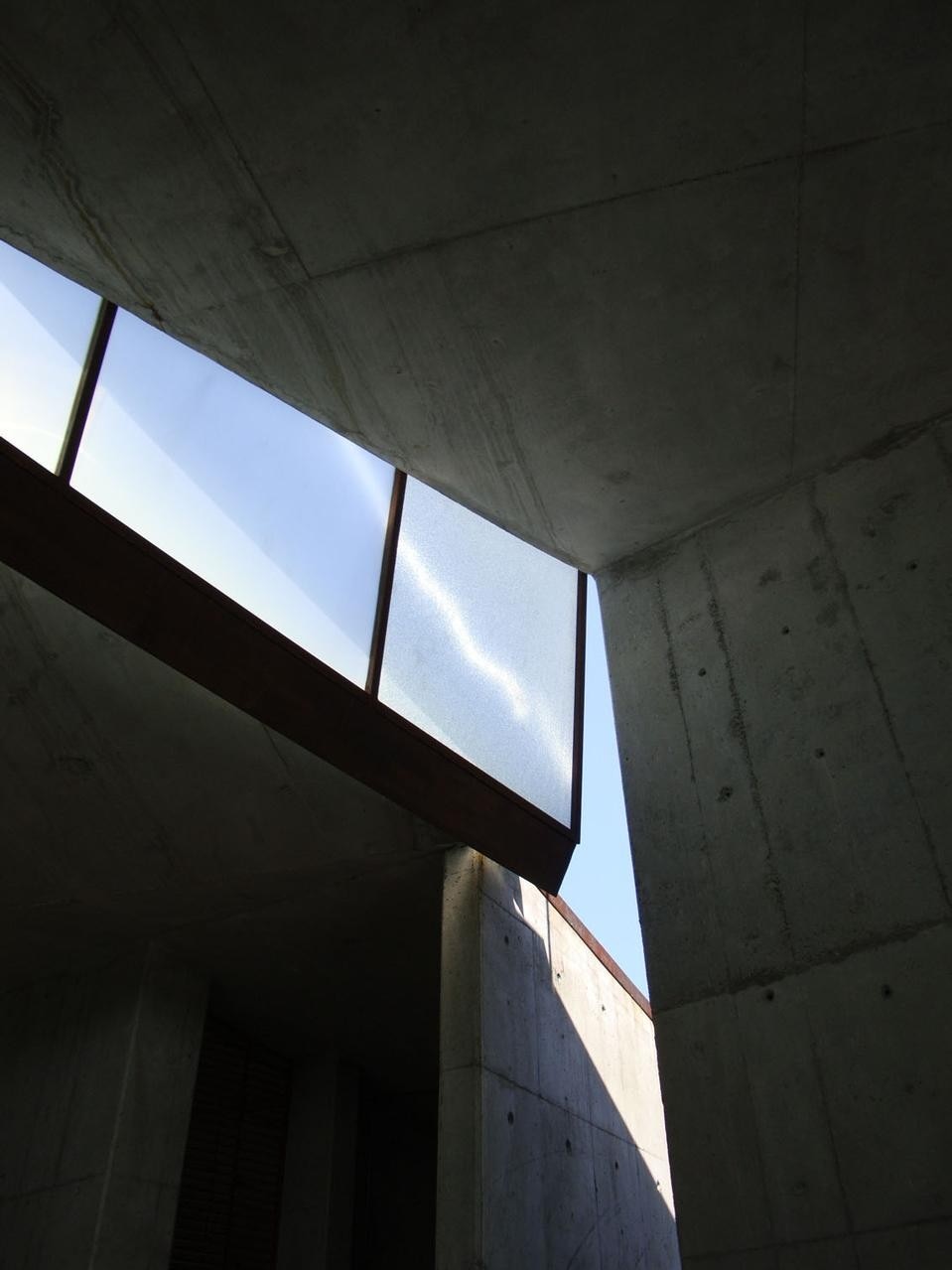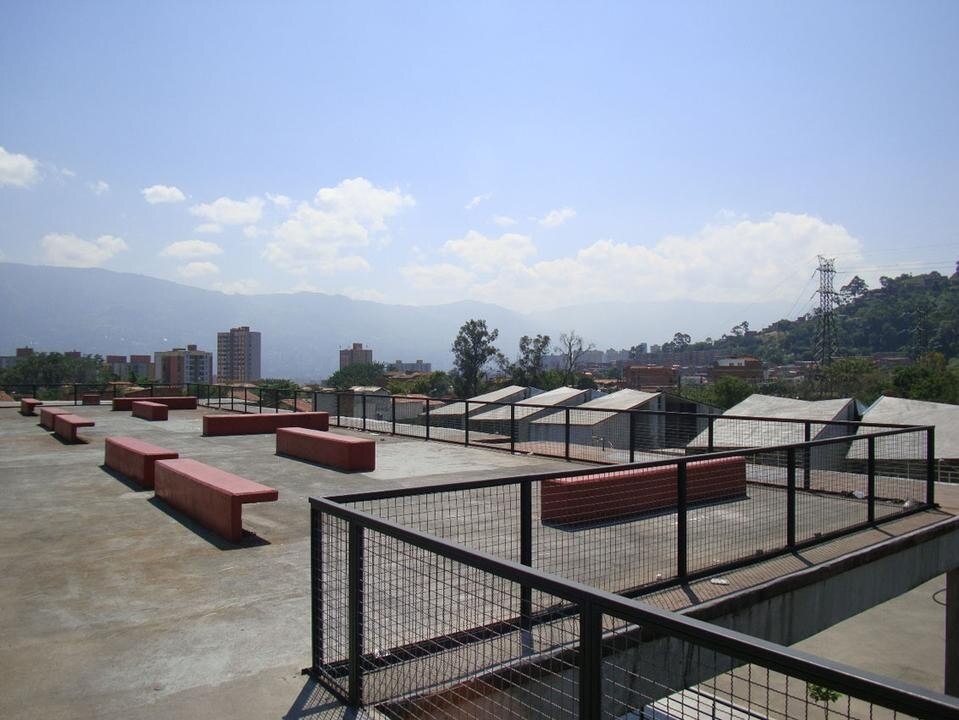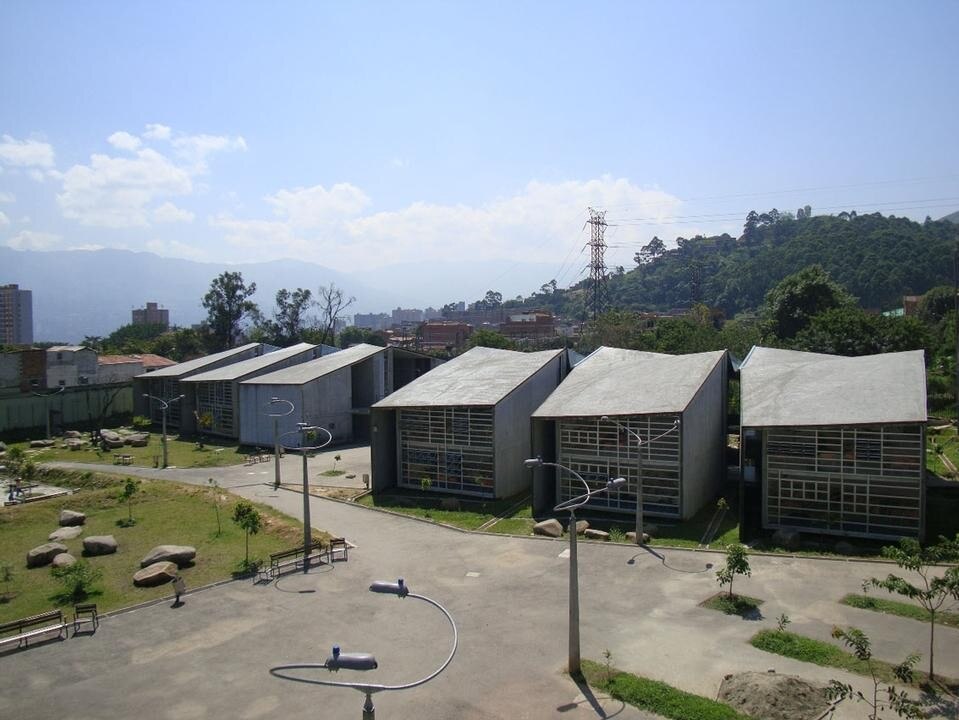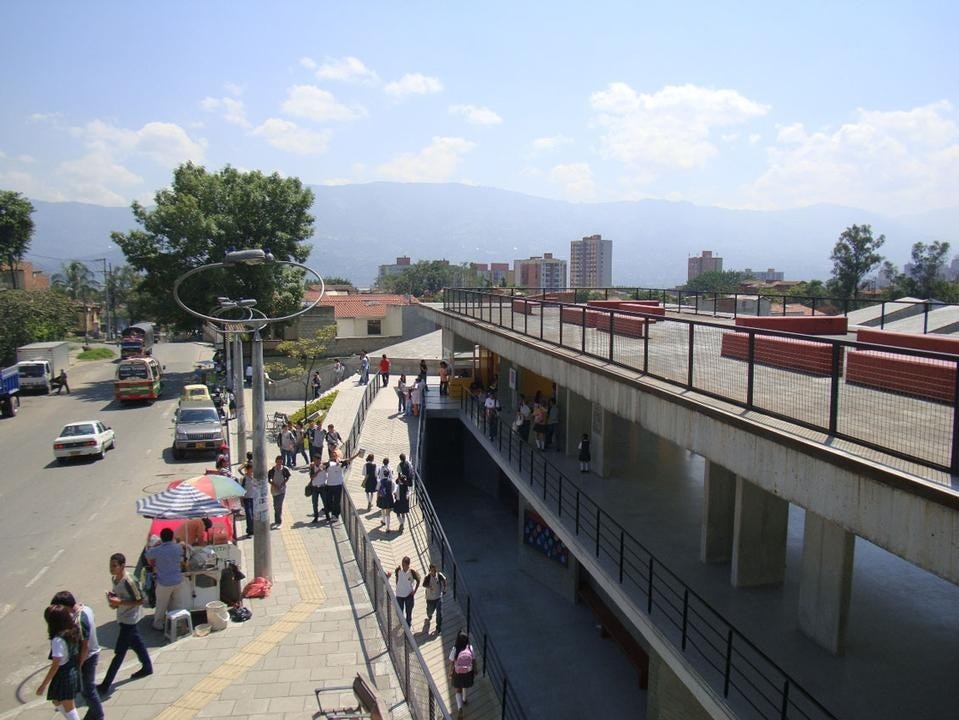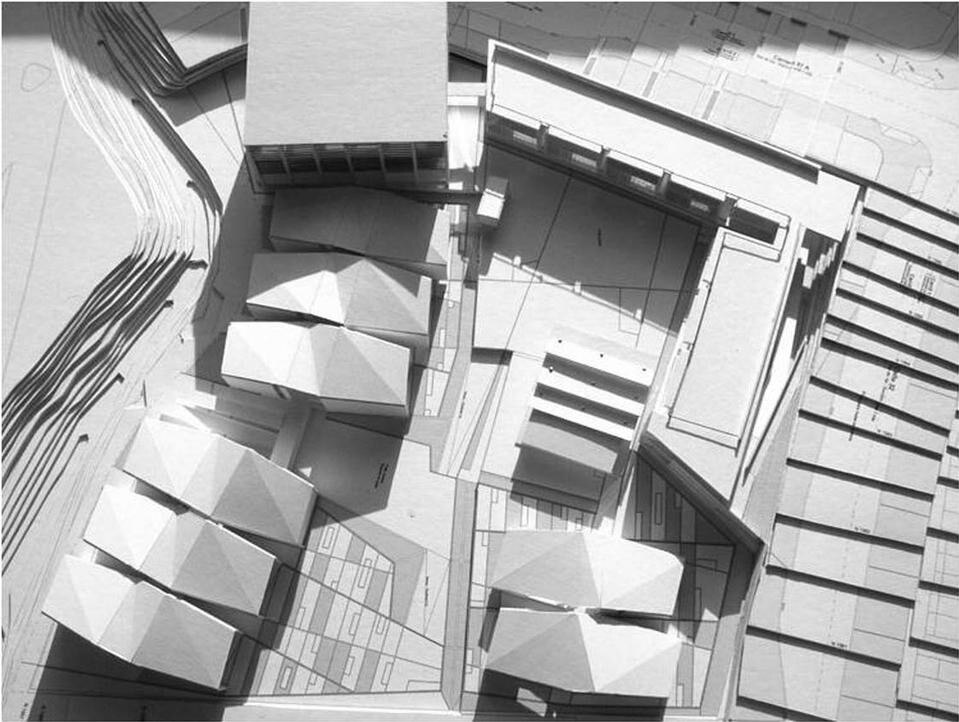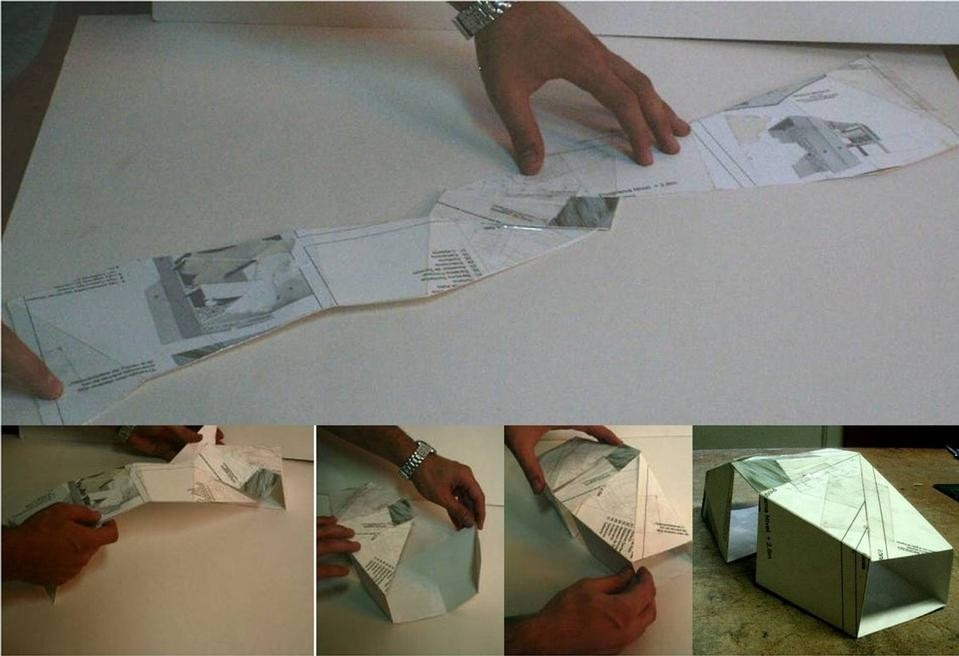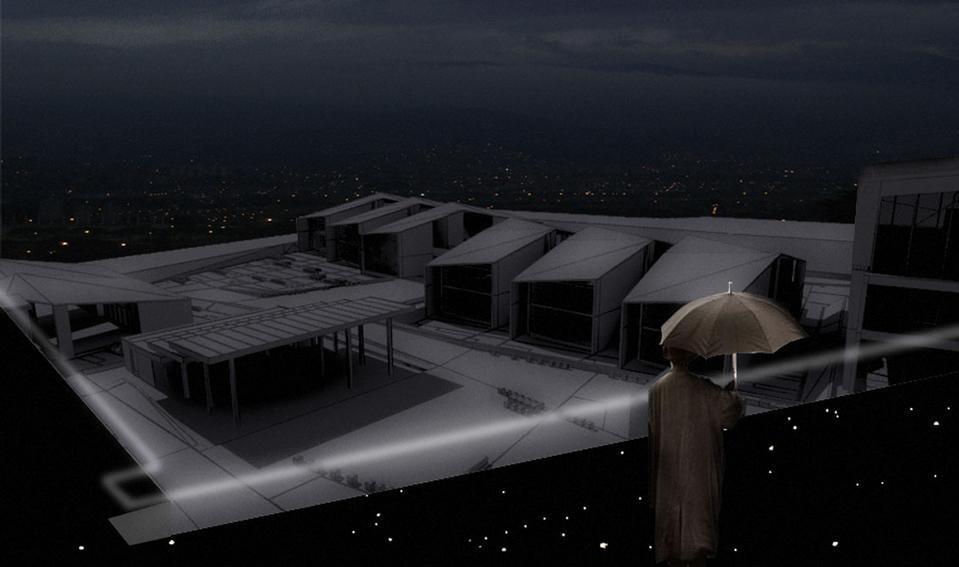At the start of the 20th Century, foreign architects came to Colombia to oversee the urban changes being devised at that time. When the first architecture schools were set up in Bogotá, local and foreign architects soon started to work together to create real changes in the design of the country’s cities. Undisputable changes came into being at this time, and the idea of the recently-founded schools designing the architecture of the country’s cities became strongly ingrained. This was not the case with local governments, however, which quickly lost interest in major urban change. A committed attitude towards linking the cities’ physical infrastructure with the new changes within society disappeared for more than 40 years. Colombia became a country that produced some good isolated examples of private architecture, but with little sense of public or urban responsibility.
Rogelio Salmona was the leading proponent of Colombia’s architecture from the 1970s up until the present day. As a result, many architects have followed the basic principles of Salmona’s architecture, above all in the use of brick, a material that became a leading symbol of quality. At the start of the 1990s, a group of architects aged between 25 and 35 started to see different ways of developing architecture from that practised by Salmona. They took part in public tenders launched by the governments of the day, resulting in them receiving great professional recognition.
This group of architects, at the very start of their careers in the 1990s, had been exposed to the architecture schools of London, Barcelona, Milan and Paris, and this spawned changes in technique and construction based on a very different kind of architecture from that practised in Colombia during the 1980s and early 1990s. This saw the country go through the decline of postmodernism in parallel to developments on the international scene.
At the same time, Colombia’s domestic politics could not have been worse, with guerrilla warfare, drugs trafficking and paramilitarism. Some politicians started to make progress, ensuring that their training prepared them better to tackle the accumulated problems of the past decades. The general public started to awaken from the difficult years too, with young people starting to take an interest in social and political change for the first time.
This is the background to how these young architects came to join the teams of the new administrations in the two cities. By reaping the benefits of having studied in other architecture schools and the experiences of travelling to other countries to learn about new processes of urban transformation, they have been able to help develop new city-building policies. A series of governments, particularly in Bogotá and Medellín, thus have been working with groups of independent professionals to rekindle interest in urban transformation in order to develop networks of public schools, libraries, health centres, integrated transport systems and public parks. Juan Manuel Peláez Freidel
